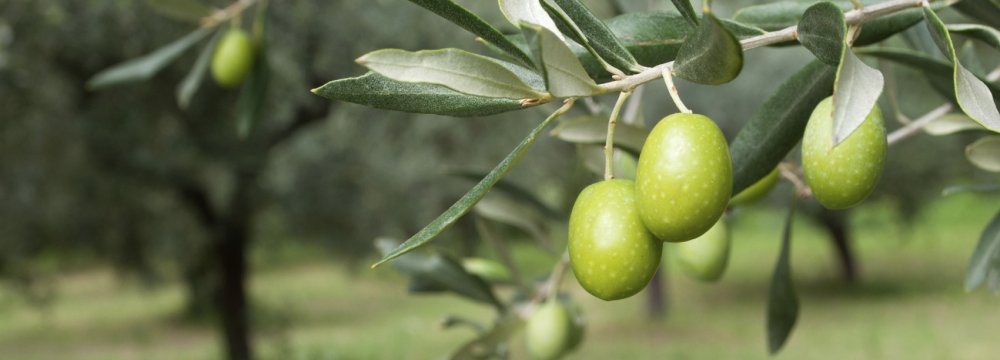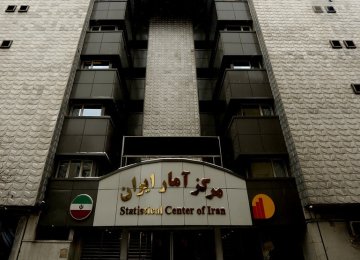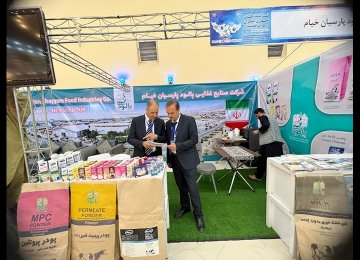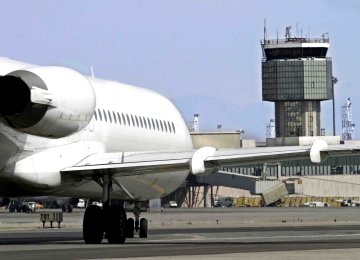A total of 109,834 tons of olives are estimated to be produced in Iran during the current Iranian year (started March 21) to register an 8.47% decline compared with last year’s yields, the executive manager of the Agriculture Ministry’s “Olive Project” said.
“We hope 55% of this year’s harvest will be sent to oil extraction factories,” Javad Mir-Arab Razi was also quoted as saying by Mizan Online.
The official noted that presently there are 75,000 hectares of olive farms across the country, 58,000 hectares of which are productive.
“Last year, 120,000 tons of olives were produced. Yet, the decline we expect in this year’s production is due to the unfavorable weather conditions facing the country. Cold spells as well as water shortage have damaged olive plantations,” he added.
Based on figures released by the Agriculture Ministry, annual domestic demand for olive oil currently stands close to 15,000 tons, part of which is imported.
Olive oil is mainly imported from Turkey, Italy, Spain and Greece.
The Agriculture Ministry plans to increase annual olive production to around 200,000 tons by 2022 and increase per capita consumption of olive oil to 190 grams per year.
The world’s average per capita olive oil consumption is 430 grams — about three times more than in Iran.
Leading olive growing regions in Iran include Fars, Kerman, Hormozgan, Sistan-Baluchestan, Qazvin, Gilan, Golestan and Zanjan provinces.
At present, some 40,000 Iranians earn their living through olive cultivation.
You are here
September 14, 2021 19:23
0
Decline in Olive Production Expected
You can also read ...
Subscribe to our daily newsletter.
More from DEN Media Group:
© Financial Tribune Daily and Contributors 2014-2018













Add new comment
Read our comment policy before posting your viewpoints